Key Takeaways
-
Peak Season: Yellow jackets are most active and aggressive from late summer to early fall (August through October).
-
Regional Variation: Warmer states experience extended yellow jacket activity into late fall or early winter, while northern regions have shorter active periods.
-
Prevention is Key: Proper sanitation, early-season trapping, and regular inspections significantly reduce yellow jacket problems.
-
Professional Removal Recommended: Due to their aggressive nature, professional pest control services are advised for safely removing established nests.
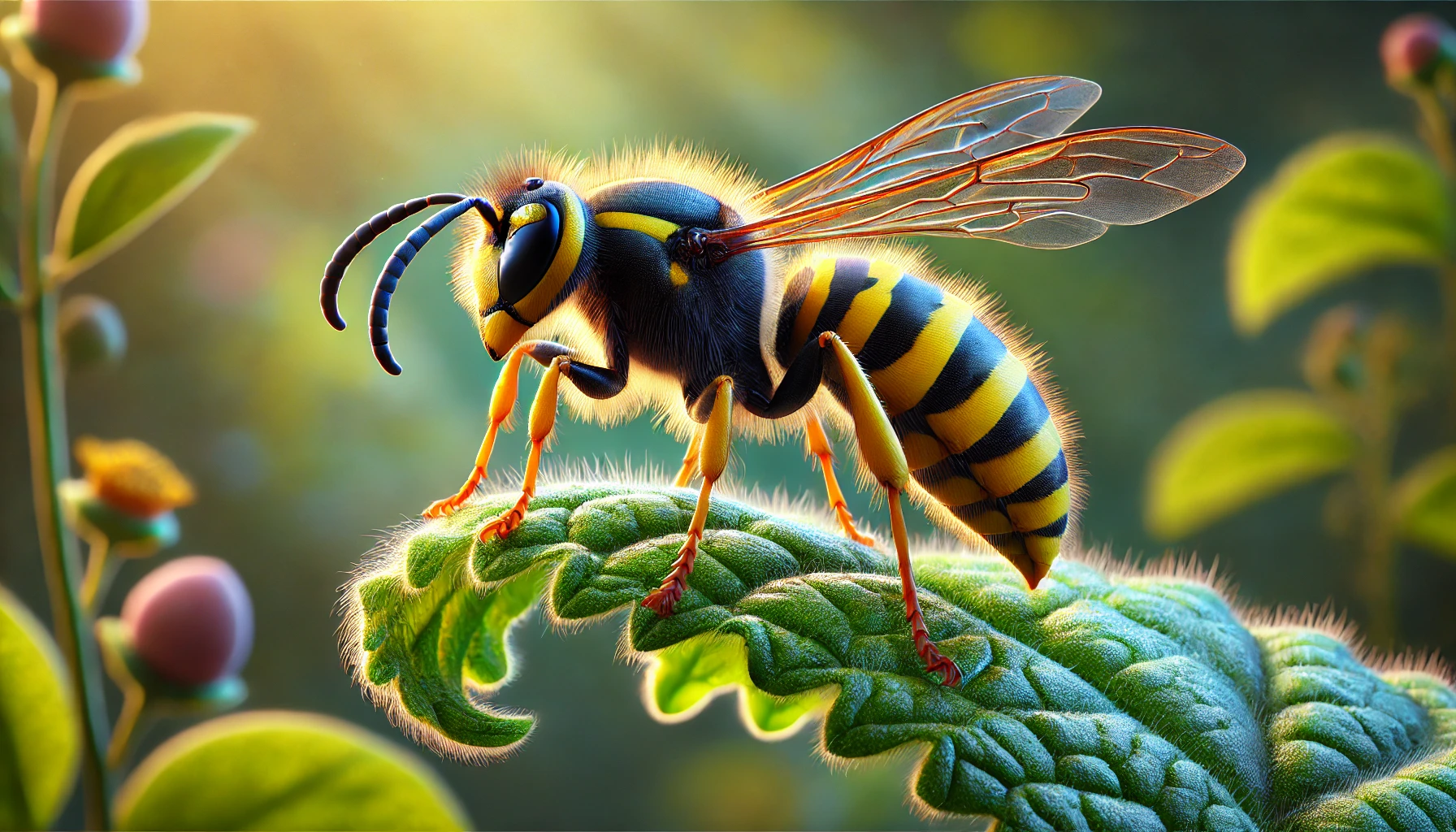 Yellow jackets, aggressive wasps who are known for their painful stings, are commonly known throughout the United States, particularly quarrelsome around homes, parks, and picnic areas. Having a knowledge when these pests are most active is an important part of drill for homeowners aiming to prevent painful encounters.
Yellow jackets, aggressive wasps who are known for their painful stings, are commonly known throughout the United States, particularly quarrelsome around homes, parks, and picnic areas. Having a knowledge when these pests are most active is an important part of drill for homeowners aiming to prevent painful encounters.
In this comprehensive guide, we’ll explore yellow jacket seasonality, factors influencing their peak activity, regional variations, and practical strategies for managing these pests effectively.
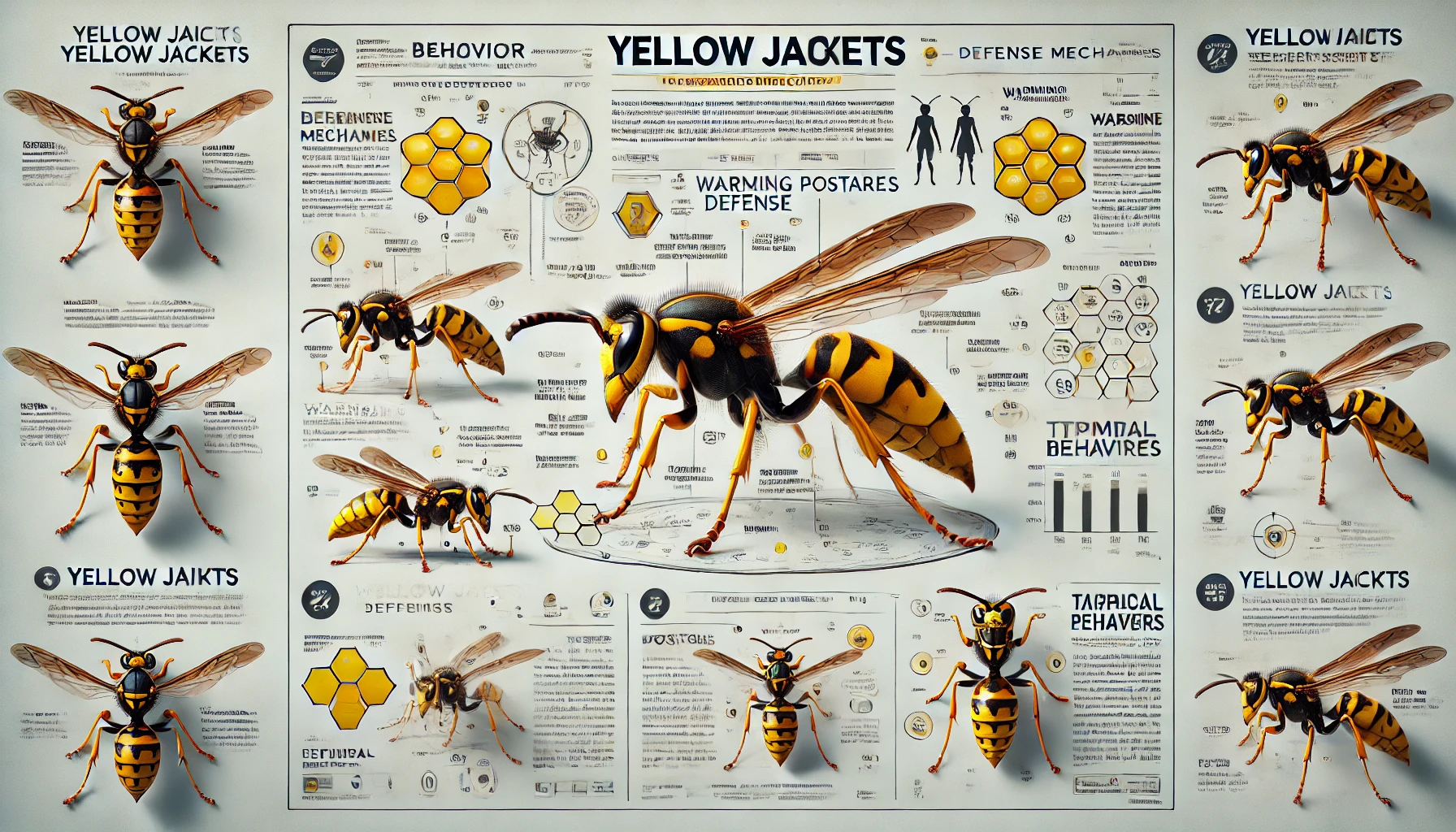

Not getting a solution?
Get your free pest control estimate today!Understanding the Yellow Jacket Lifecycle
Yellow jackets also known as (genus Vespula)are run by an annual lifecycle that has a strong significant influence over their aggresssion and activity levels. Their activity follows a predictable seasonal cycle, heavily influenced by weather patterns and available food sources. Spring – Initial Nesting During early spring (which starts from typically March through May), fertilized queens starts arising from their winter hibernation. At this time, yellow jacket activity is relatively low as solitary queens seek sheltered locations to establish new nests. Early nests are small and usually located underground, in tree hollows, or inside human-made structures such as attics or wall voids.- Key Takeaway: Low activity; mainly queens establishing new nests.
During late summer (July through August), worker wasps begin shifting their diet from primarily protein to sugars, turning their attention to fruits, nectar, soda, and human foods. This behavioural change makes them highly noticeable—and notably more aggressive—as they compete intensely for these sugary food sources. Fall – Peak Aggression and Activity Yellow jackets reach their peak form of aggression and movement levels in late summer and early fall, which is typically between August and October. This period corresponds with the largest colony sizes and the wasps’ intensified run for sugary foods. Food scarcity in nature pushes yellow jackets into human environments, increasing encounters at outdoor events such as picnics, barbecues, and festivals.
It’s during this time that stings become more frequent. Yellow jackets become highly territorial and defensive, quickly attacking anyone who inadvertently disturbs their nests. Yellow jackets are not like honeybees, so they can sting multiple times, compounding the danger posed to humans, especially those with allergies. Fall – Declining Colonies As autumn progresses into October and November, colonies begin declining naturally. The queen ceases to lay eggs, and resources within the colony diminish. Worker yellow jackets become increasingly desperate in search for food resources, which can make them even more aggressive and determined toward humans.
This aggressive nature continues until the first significant frost occurs, typically in late autumn, effectively killing off the worker population.Only fertilized queens survive this seasonal transition, seeking protected areas—such as woodpiles, attics, or wall cavities—to overwinter and start new colonies the following spring. Winter – Dormancy During the colder months (December through February), yellow jacket activity essentially ceases. Workers die off, and only new queens survive by entering hibernation in protected locations. Existing nests are never reused by surviving queens in subsequent seasons.
Regional Differences in Yellow Jacket Activity Across the U.S.
Yellow jacket seasonality varies considerably depending on climate and geographic location. Understanding regional differences can help homeowners across the U.S. better prepare for peak activity periods. Northern States and Cooler Climates In northern and Midwestern states, yellow jackets have a shorter active season, typically beginning in late spring and peaking sharply in late summer through early fall. Colonies usually die off earlier (by October or early November) due to earlier frost dates and colder temperatures. Southern and Coastal States In warmer regions such as Florida, Texas, and Southern California, yellow jacket colonies remain active much longer, often extending their peak activity into late November or early December. In some subtropical climates, yellow jacket colonies can persist year-round, although they are significantly less active during cooler winter months.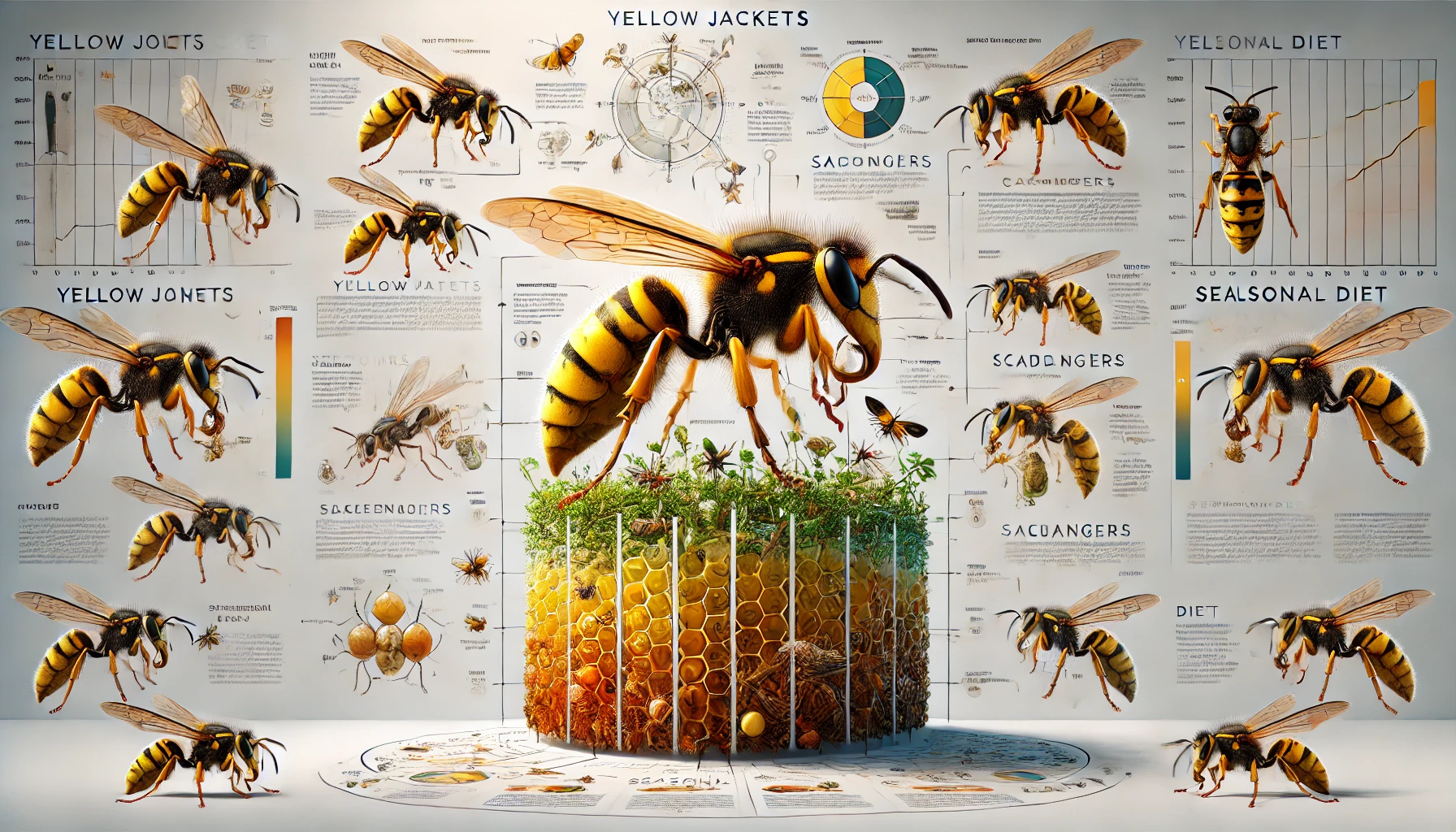
Factors Influencing Yellow Jacket Activity
There are various environmental and behavioural aspects that measure how active and aggressive yellow jackets will be throughout the upcoming or ongoing year:Weather Conditions
- Warm and Dry Weather: Yellow jackets thrive in warm, dry summers, leading to rapid colony growth and increased activity.
- Cold and Rainy Weather: Wet, cool conditions slow colony development and reduce foraging behavior.
Food Availability
The type and abundance of available food significantly influence yellow jacket activity. In early summer, worker wasps primarily hunt protein-rich insects. As summer progresses into fall, their dietary preferences shift dramatically toward sugars (fruits, soda, sweet substances), drawing them closer to human activities.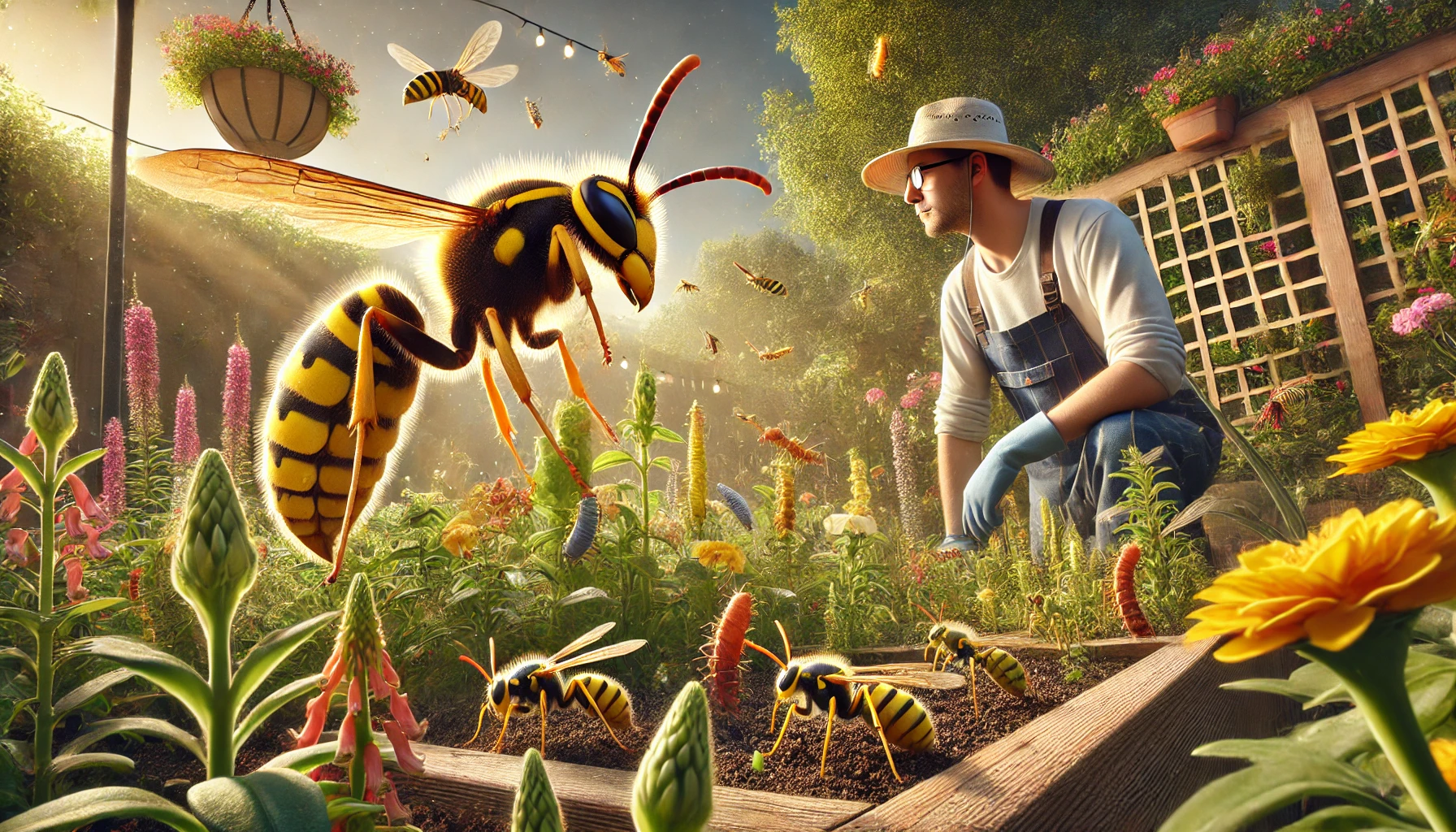
How Homeowners Can Stay Safe During Peak Yellow Jacket Activity
Awareness of yellow jacket behaviour helps homeowners reduce risks and minimize conflicts with these aggressive wasps.Practical Safety Tips
-
Cover Food and Beverages: Always keep sugary foods, drinks, and meats covered outdoors. Use sealed containers to avoid attracting wasps.
-
Secure Trash Containers: Keep garbage tightly sealed and regularly clean bins to eliminate food odors that attract foraging yellow jackets.
-
Inspect Before Drinking: Before drinking from open cans or bottles outdoors, always check for hidden yellow jackets.
-
Maintain Landscaping: Regularly trim shrubs and mow lawns to reduce nesting sites near your home.
-
Early Season Traps: Setting up traps in early spring can help reduce the number of yellow jacket queens that successfully start new colonies.
Nest Removal – Professional or DIY?
Yellow jacket nests can be dangerous to remove without proper equipment. Small nests which are detected early might be handled with over-the-counter wasp sprays, but for larger nests or if you’re allergic, it’s strongly recommended to hire professional pest control services center. Professionals have specialized protective gear and treatments that ensure safe and effective nest removal.
Prevention Measures
- Seal potential entry points around your home’s exterior, including eaves, siding, and vents.
- Regularly inspect sheds, attics, and basements for nests, especially in spring and summer.
- Landscape wisely: Minimize flowering plants near entrances and outdoor living spaces to reduce yellow jacket attraction.
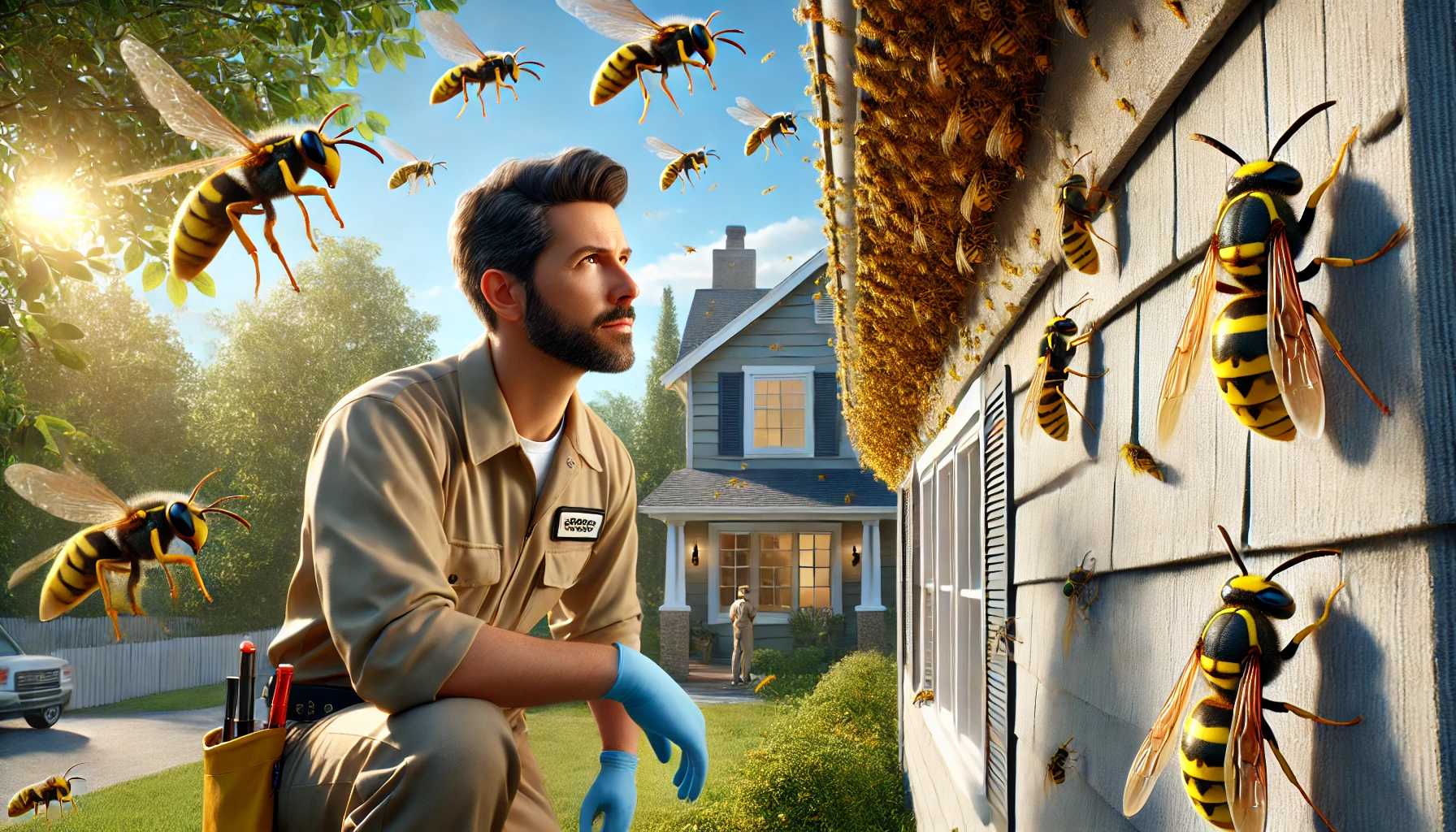
Visit our Species, Control, and DIY Guide sections for additional resources on yellow jackets and ways to tackle a yellow jackets infestation.





